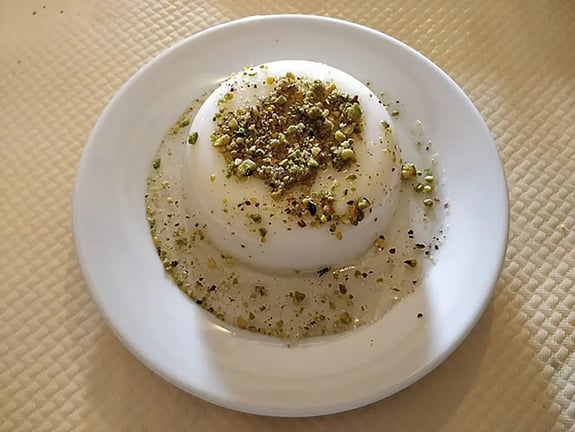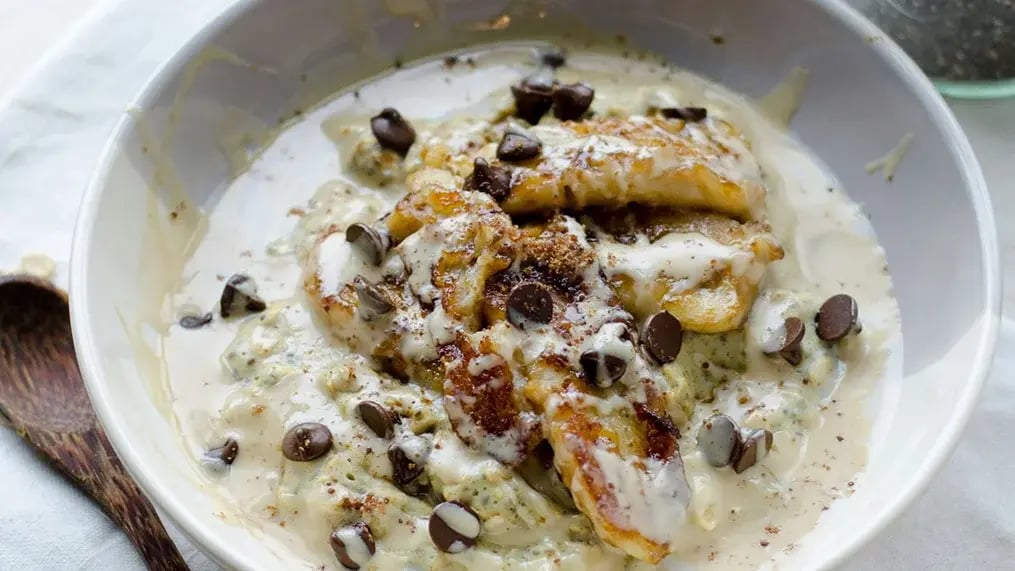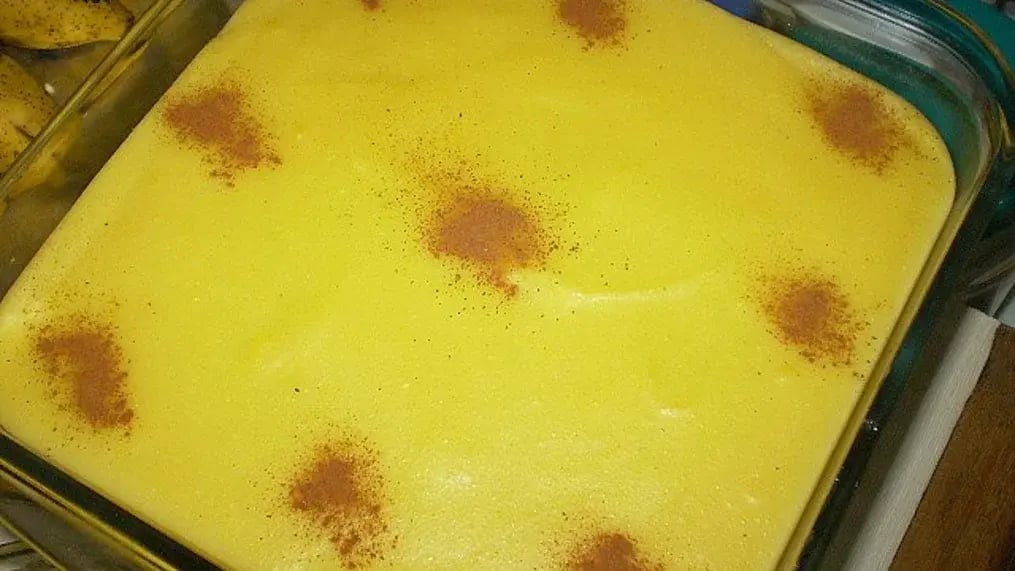Home![]() Articles
Articles![]() Puddings Around the World, in Their Jiggly and Hearty Wholesomeness, Any of Which Can Be a birthday surprise for him
Puddings Around the World, in Their Jiggly and Hearty Wholesomeness, Any of Which Can Be a birthday surprise for him
Puddings can be of different kinds depending on which part of the world you eat them in and can be an excellent birthday surprise for him. So start planning.

Each corner of the world has some kind of pudding, whether it's all runny and needs to be contained in a bowl, or quivery and jiggly and needs to be upturned on a plate. Whichever form the pudding might take, all of them are equally delicious and make for a great birthday surprise for him. But even with the runny ones, they tend to form a softish block once chilled which custards tend not to do. So, here’s part two of puddings around the world and the stories behind them.
Arroz con Leche

This rice pudding has something to do with the Moorish folks who ruled Spain for 800 years and to put it crudely, they turned a babbling toddler, Spain, into a responsible adolescent. That is how rice made it into Spanish lands, where it was planted by the Arabs. And Arroz con Leche is a rice pudding made with milk and flavoured with a cinnamon stick and a teeny hint of citrus. Northern Spain still loves this hearty pudding and migration made the Spanish folks take their desserts to Latin America where it is popular even today.
Kazandibi

Dating back to another famed dynasty, this time the Ottomans, Kazandibi translates to “burnt bottom pudding”. This is because it’s made in a pan and the bottom browns from the cooking. It is made with rice flour, buffalo milk, cornstarch, vanilla, butter and sugar. Just like most of Turkey’s desserts, milk holds an important place in its cuisine. The pudding is hearty with a soft, moist and milky interior. This pudding was a happy accident and someone accidentally burnt the pudding and once they realised how delicious it tasted, Kazandibi took off. They are either made to be flat like pastries or ribbon-like encasing the milky insides.
Budyń
This is Poland’s word for anything that remotely is pudding-like, and Polish folks love their puddings creamy. They are typically made with milk and sugar, with a thickening agent like gelatin or cornstarch. Polish puddings come in an assortment of flavours from vanilla and chocolate, to fruity ones. It has a likeness to the thick English custard used in trifles and in Poland and Budyń is so loved, that pre-packaged mixes are sold widely to be mixed with milk, chilled and then eaten in dessert cups.
Champorado
A liquidy not-so-set pudding, Champorado is a beloved breakfast item in the Philippines that is often called rice porridge because of its liquidity aspect. This is not to be confused with Champurrado, which is a Mexican drink made with chocolate. But there is a link and it does have one thing in common with the Mexican drink – chocolate. The rice pudding is made with rice, sugar and chocolate or cocoa powder. This is because Champurrado was introduced to the country during the colonial era, which likely inspired the rice pudding.
Muhallebi
If you are familiar with France's blancmange, then you know what Muhallebi might be, it's quite similar, with minor substitutions and different flavouring agents. It is made by cooking milk and sugar, thickened with rice flour or cornstarch. Blancmange uses almonds to add flavour, but the Muhallebi uses orange blossom or rose water instead. While the liquid is hot, it gets poured into moulds and chilled in the fridge to set. True to its Middle Eastern roots, it uses toppings such as nuts – almonds, pistachios and even coconut and spices like cinnamon. It surges in popularity during the festive month of Ramadan.
Curau

A Brazilian pudding that is made from the local crop, corn, Curau is indeed eaten as a dessert with the sweetness of the corn enhanced by sugar. It is eaten mainly during the corn harvesting season, which is eaten during the “festas juninas” in June and coincides with the festivities of St. Anthony’s, St. Peter’s and St. John’s Day. Not just maize, it’s made with the juice of unripe corn cooked in milk and sugar.
Malva Pudding
Tendrils of colonial vines wrap around the origin of this South African pudding and although it is said to be exclusively South African, it likely came via the colonisers to Cape colony from the Netherlands, around the 1600s. Call that a theory because Malva Pudding is only eaten in South Africa and not anywhere else, as much. It is made with the usual suspects with a generous amount of apricot jam which is likely the reason for the colour of the pudding. A sticky sauce covers this pudding with plenty of cream, sugar and vanilla used to make it.






















